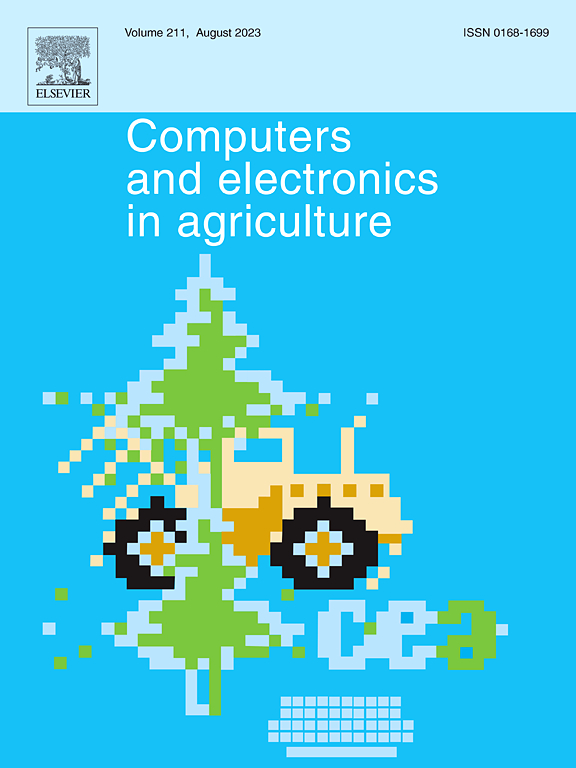Autonomous navigation system in various greenhouse scenarios based on improved FAST-LIO2
IF 7.7
1区 农林科学
Q1 AGRICULTURE, MULTIDISCIPLINARY
引用次数: 0
Abstract
The development of phenotypic detection robots suitable for semi-structured greenhouses is of significant importance for accelerating crop breeding, particularly in the screening of advantageous germplasm resources. However, the diversity of greenhouse structures and the limitations of GPS signals pose challenges to the autonomous navigation of robots. In this study, a system with autonomous navigation, voice interaction, and adaptive data acquisition was developed for strawberry germplasm resources. To reduce the drift of the global map on the z-axis and improve consistency, ground constraints and stable triangle descriptor (STD) loop closure detection were incorporated into the fast direct light detection and ranging inertial odometry (FAST-LIO2) framework. In addition, the improved FAST-LIO2 and Kalman filter were utilized to provide poses, achieving precise and continuous localization of the robot. To improve flexibility, the demonstrated path was utilized as the global path. Besides, the system integrated adaptive data acquisition and voice control modules, enabling the automatic collection of target plant data and variety information while enhancing human–computer interaction performance. The system achieved high-precision navigation across different scenarios, speeds, and motion states. Even in the state of lowest accuracy during row change, the standard deviation (SD) of the total deviation remained below 2.6 cm, the root mean square error (RMSE) was less than 5.9 cm, and the average deviation (AD) was below 5.3 cm. In terms of heading deviation, the SD was below 1.8°, the RMSE was less than 3.8°, and the AD was below 3.4°. Moreover, the success rate of target plant detection reached over 98 %. This system facilitated the construction of phenotypic analysis models, assisting breeders in variety management and demonstrating application potential in greenhouse phenotypic detection.
求助全文
约1分钟内获得全文
求助全文
来源期刊

Computers and Electronics in Agriculture
工程技术-计算机:跨学科应用
CiteScore
15.30
自引率
14.50%
发文量
800
审稿时长
62 days
期刊介绍:
Computers and Electronics in Agriculture provides international coverage of advancements in computer hardware, software, electronic instrumentation, and control systems applied to agricultural challenges. Encompassing agronomy, horticulture, forestry, aquaculture, and animal farming, the journal publishes original papers, reviews, and applications notes. It explores the use of computers and electronics in plant or animal agricultural production, covering topics like agricultural soils, water, pests, controlled environments, and waste. The scope extends to on-farm post-harvest operations and relevant technologies, including artificial intelligence, sensors, machine vision, robotics, networking, and simulation modeling. Its companion journal, Smart Agricultural Technology, continues the focus on smart applications in production agriculture.
 求助内容:
求助内容: 应助结果提醒方式:
应助结果提醒方式:


